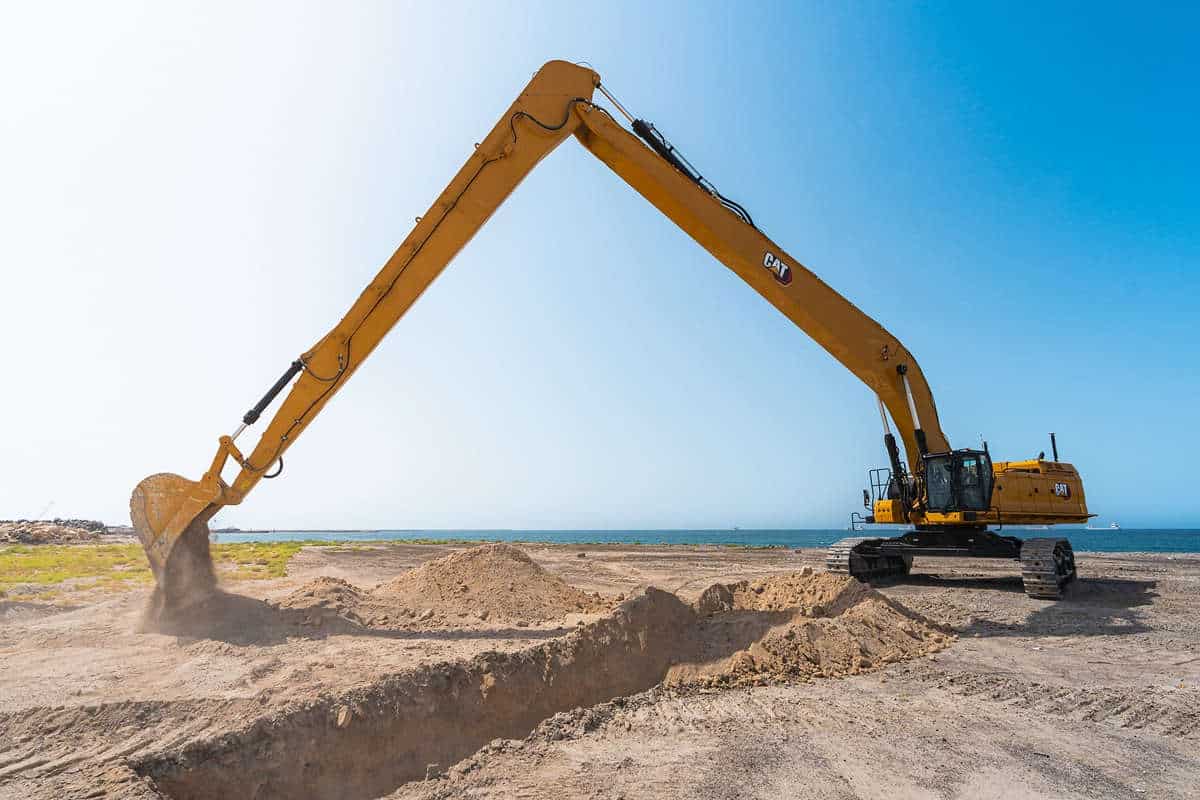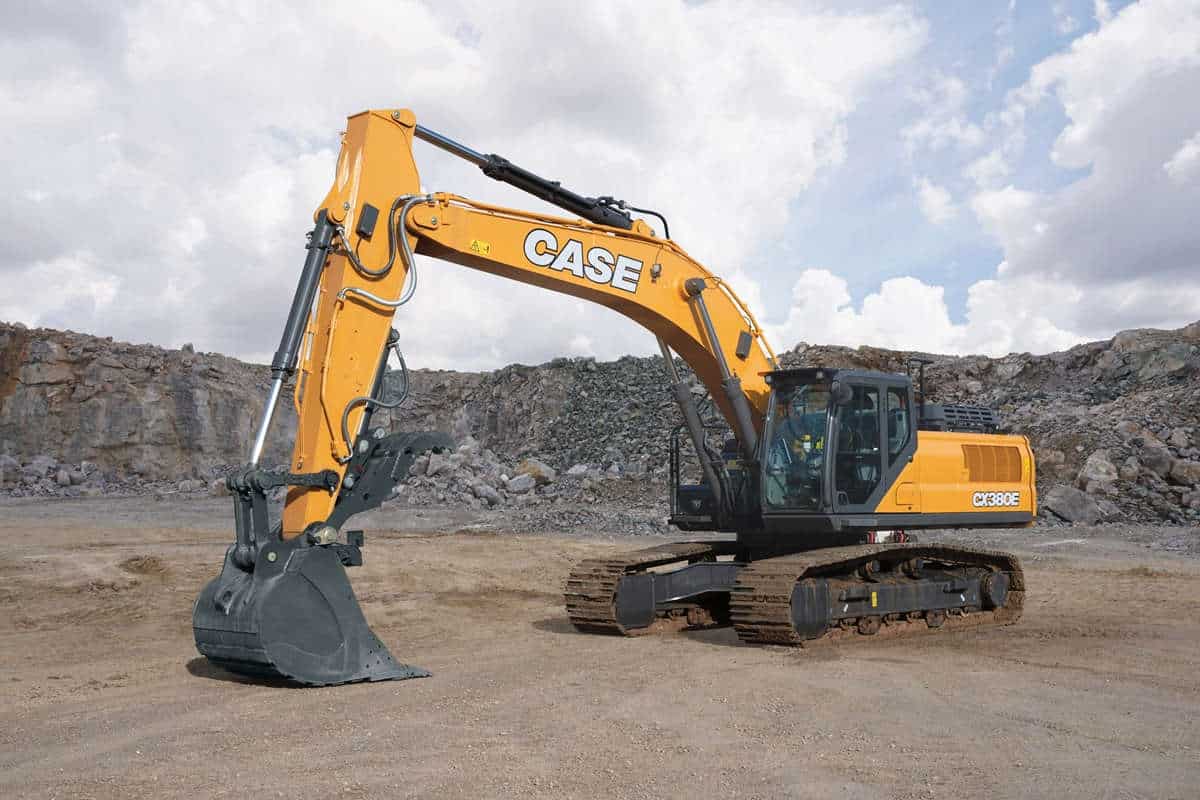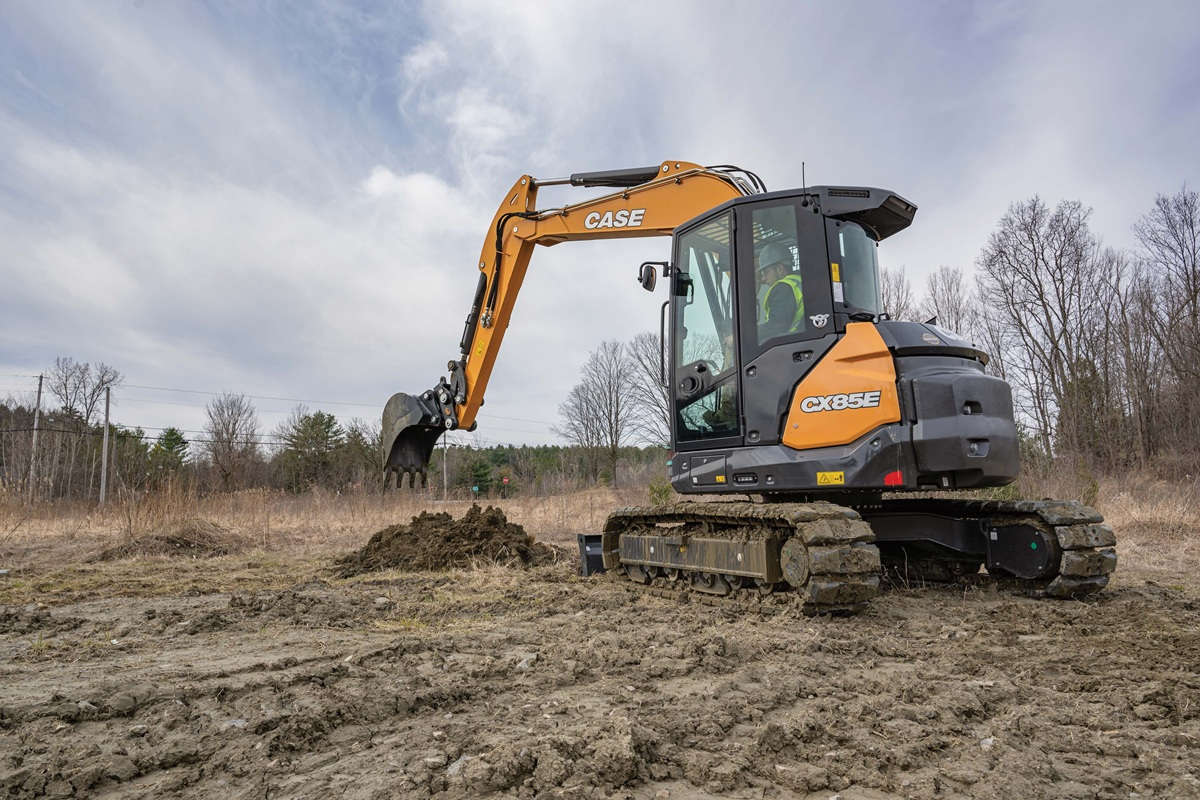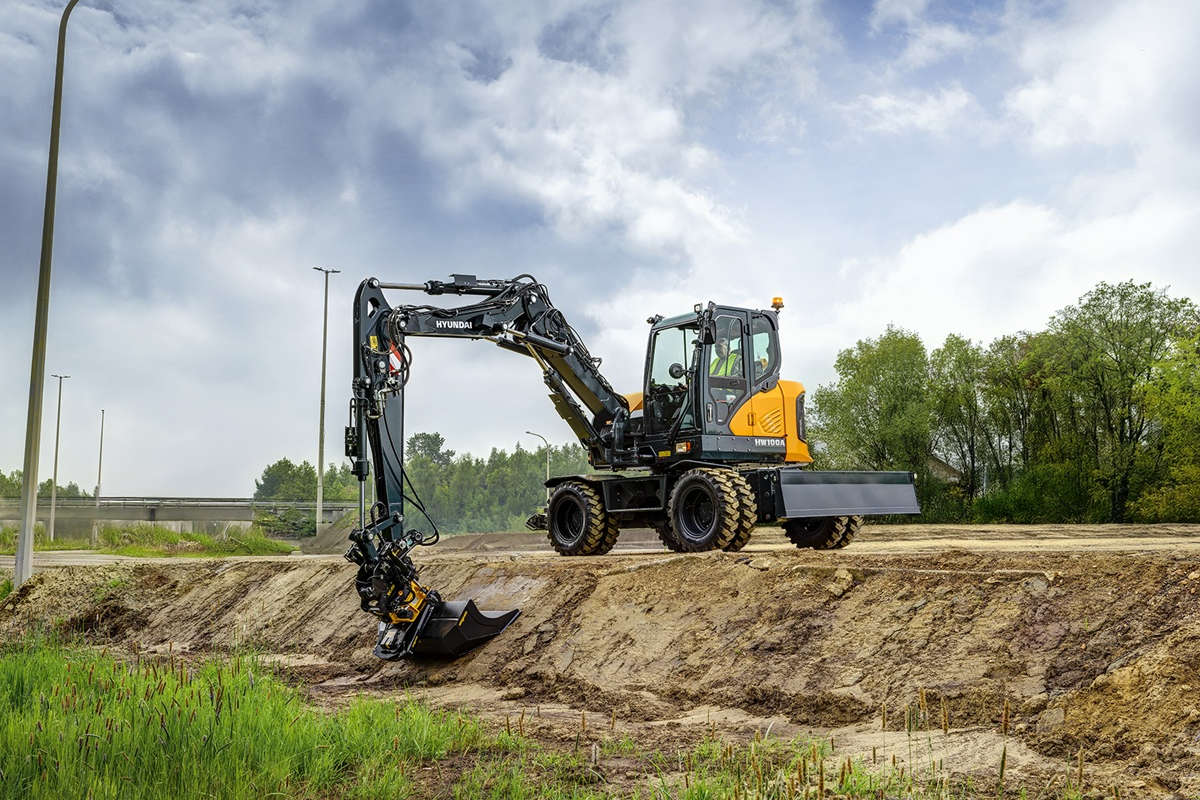Are You Making the Grade?
Grade control systems for construction equipment, including crawler excavators, can increase a contractor’s productivity, reduce their material expenses and create a safer jobsite.
Excavator grade control systems have been available for a while but may still be new to some construction firms. Some contractors may have some experience with these accessories on their machines. If so, they’ve likely seen the benefits (and cost-savings) firsthand.
Dig with confidence
Crawler excavator operators can work more efficiently with a grade control system. They will know they are delivering a product to grade to match a design file provided to them.
Among the most common applications for these systems with excavators is digging a utility trench at a uniform grade over short distances. They are also beneficial for excavating footings and producing a finished slope. With a system installed on the excavator, the operator can accurately dig, place a pipe and add fill material.
The systems can eliminate the need for an employee to check the grade, freeing them up to do other work at the jobsite while the excavator operator maintains an accurate grade. And it can be safer to have fewer employees working outside of equipment on a jobsite.
Another system benefit is avoiding overdigging. When this happens, the operator is required to add material back in the trench. That means adding more Class 5 base material before the footing can be done.
2D or 3D?
Construction firms can choose between two grade control systems — 2D or 3D — depending on the type of work that they’re doing.
Two-dimensional (2D) grade control systems allow excavator operators to work off a single plane — either flat, single or dual-slope. The operator knows the grade is correct from point A to point B to dig a straight line trench. They can expect a consistent grade on a vertical plane.
Three-dimensional (3D) grade control systems allow operators to add variable distances, such as a curved line or a curved trench. The excavator can be moved on the jobsite and still dig on grade. The 3D guidance system is especially beneficial for operators working on complex designs, like larger-scale drainage projects.
Technology
Contractors can choose from several tech companies that have developed the technology for grade control. One of these companies is Trimble. Its GC900 Grade Control System is available for excavators and can be particularly useful in the 25- to 35-metric-ton excavator size class, based on the type of work these machines perform on a regular basis.
After purchasing a grade control system for an excavator, contractors work with a local dealer and a technology expert from the company that developed the system. They can help customers properly install the components on their excavator, provide training and ensure it’s working correctly before they transport their machine to the jobsite.
Components of grade control systems include:
- Two receivers (masts) situated on the back of the excavator above the counterweight
- Mainframe sensor
- Boom tilt sensor
- Arm tilt sensor
- Bucket link sensor
- Angle tilt sensor: optional
- Monitor (inside the cab)
Once installed, these components are likely to stay on that machine for the machine’s useful life. In addition, a monitor is installed in the excavator cab that provides vital information to the operator.
Grade control systems use information gathered from global navigation satellite systems (GNSS), GPS, laser, sonic or total station technology. These information sources help operators accurately position the excavator bucket in real time as the bucket, boom and arm move.
Detailed information
Once the system is installed on an excavator, operators have a wealth of information available to increase their proficiency. The system provides real-time information to operators to ensure the project is being done correctly.
Operators are still in control of the excavator. Using the second monitor installed in the cab, operators can see the location of the bucket and the programmed dig depth requirements. The system gives an indication of how far above or below grade they’re working, based on the tip of the bucket.
Some grade control system manufacturers provide their customers with website access, making this information available to remote fleet managers or owners who are not at the jobsite.
Tags: Doosan, July August 2022 Print IssueThis article was written by Ryan Johnson of Two Rivers Marketing on behalf of Doosan Infracore North America, Suwanee, Georgia.





